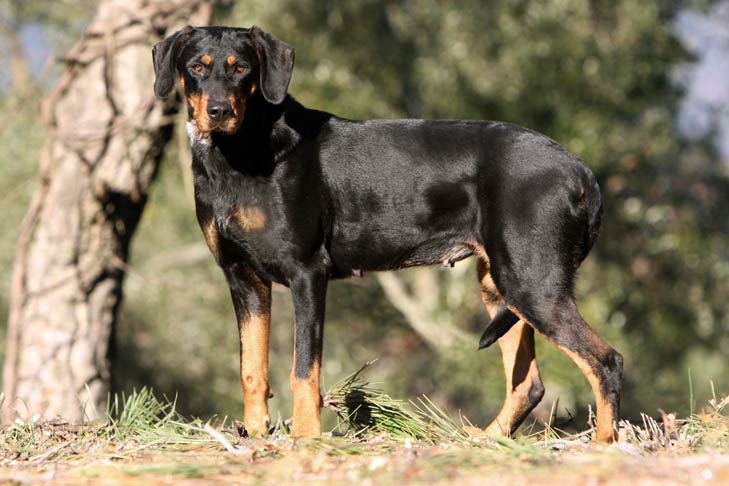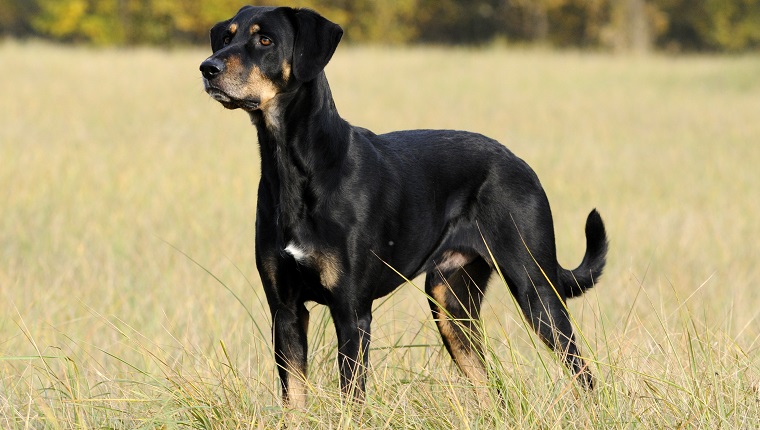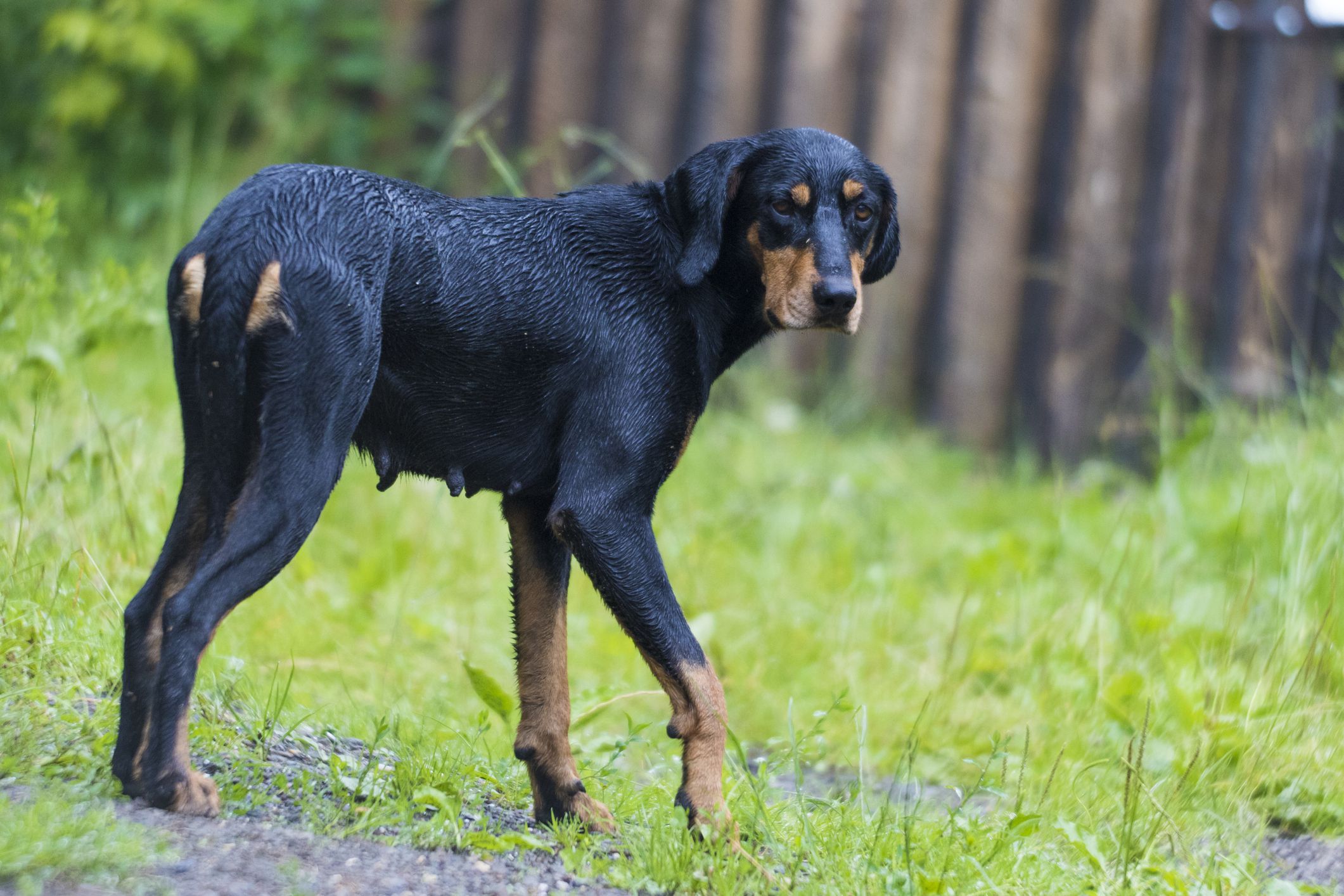Transylvanian Hound: Noble and Tenacious Hungarian Dog

History of the Transylvanian Hound
The Transylvanian Hound (Hungarian: Erdélyi kopó) is an ancient scenthound breed with roots tracing back to the 10th century, when Magyar tribes arrived in the Carpathian Basin (modern-day Hungary and Transylvania). Developed from crosses between indigenous hounds and hunting dogs brought by invading nomadic tribes, the breed became the favored companion of Hungarian nobility, used to hunt large game such as boar, bear, and wolf, as well as smaller prey like hare and fox.
For centuries, the Transylvanian Hound flourished in the forests and mountains of Transylvania. However, by the early 20th century, modernization, shifting hunting practices, and political turmoil nearly drove the breed to extinction. Thanks to dedicated preservation efforts by Hungarian enthusiasts, the breed was revived and is now recognized by the Fédération Cynologique Internationale (FCI) and national kennel clubs in Europe.
Popularity of the Transylvanian Hound
Though still considered a rare breed, the Transylvanian Hound enjoys a devoted following in Hungary, Romania, and parts of Europe. Increasingly, it is attracting international interest among hunters, scent hound enthusiasts, and dog lovers who appreciate its historic lineage, intelligence, and gentle temperament.
Its status as a Hungarian national treasure continues to inspire efforts to promote and conserve the breed both as a hunting companion and family pet.
Physical Traits of the Transylvanian Hound
The Transylvanian Hound is a medium-sized, athletic, and graceful dog with noble bearing and well-balanced proportions.
• Height: 18–26 inches (46–66 cm)
• Weight: 55–77 pounds (25–35 kg)
• Build: Muscular, agile, and slightly elongated
• Coat: Short, dense, and smooth
• Color: Predominantly black with clearly defined tan markings on the muzzle, chest, and limbs; a small white patch on the chest and toes is acceptable
• Head: Elongated with a broad skull and strong jaws
• Ears: Medium-length, pendant, and rounded at the tips
• Eyes: Dark brown, almond-shaped, with a calm and intelligent expression
• Tail: Thick at the base, tapering to a point, carried low with a slight upward curve when active
Behavioral Traits of the Transylvanian Hound
Bred for stamina, courage, and keen scenting ability, the Transylvanian Hound is a versatile and even-tempered working dog.
• Determined: Persistent and methodical when tracking game
• Gentle: Calm and affectionate with family members
• Intelligent: Quick learner, though sometimes independent-minded
• Alert: Excellent watchdog, attentive to surroundings
• Sociable: Gets along well with other dogs and respectful of children when properly socialized
While they maintain strong hunting instincts, Transylvanian Hounds are surprisingly docile and adaptable as companions, provided they have outlets for their energy and curiosity.

Why Choose a Transylvanian Hound?
This breed is an excellent choice for:
• Experienced dog owners who enjoy outdoor activities and can meet the breed’s exercise needs
• Hunters seeking a reliable, versatile scenthound
• Families looking for a calm yet adventurous canine partner with deep historical roots
It may not be ideal for:
• Apartment living without sufficient exercise
• First-time dog owners unprepared for a hound's independent nature
Caring for Your Transylvanian Hound
Though low-maintenance in many respects, the breed does best with active and attentive care.
• Exercise: High; daily long walks, scent games, and opportunities to roam safely
• Training: Consistent and positive methods work best; early socialization is important
• Grooming: Minimal; weekly brushing and occasional baths
• Living Environment: Best suited to homes with secure yards; enjoys countryside environments
• Feeding: Balanced diet for active medium-to-large breeds; monitor weight with regular activity
Health Considerations
The Transylvanian Hound is a hardy and resilient breed with few hereditary issues. Their average lifespan is 10 to 14 years. Watch for:
• Hip dysplasia (less common but possible)
• Ear infections (due to pendulous ears — regular checks recommended)
Routine veterinary care and an active lifestyle help maintain their robust health.

Comparisons to Similar Breeds
• Black and Tan Coonhound: Larger and more boisterous; Transylvanian Hound is more refined and even-tempered
• Slovenský Kopov: Smaller and more specialized in wild boar hunting; Transylvanian Hound is versatile for various game
• Beagle: Smaller, more sociable with strangers; Transylvanian Hound is calmer and more independent
Is the Transylvanian Hound Right for You?
If you are drawn to a noble, history-rich hound that balances working prowess with a calm home presence, the Transylvanian Hound is a rare gem worth considering.
Getting a Transylvanian Hound
Due to its rarity, prospective owners should seek reputable breeders in Hungary, Romania, or through recognized breed clubs and international FCI networks. United Pet Club can support owners with microchip registry, travel documentation, and health management tools ideal for this unique breed.
